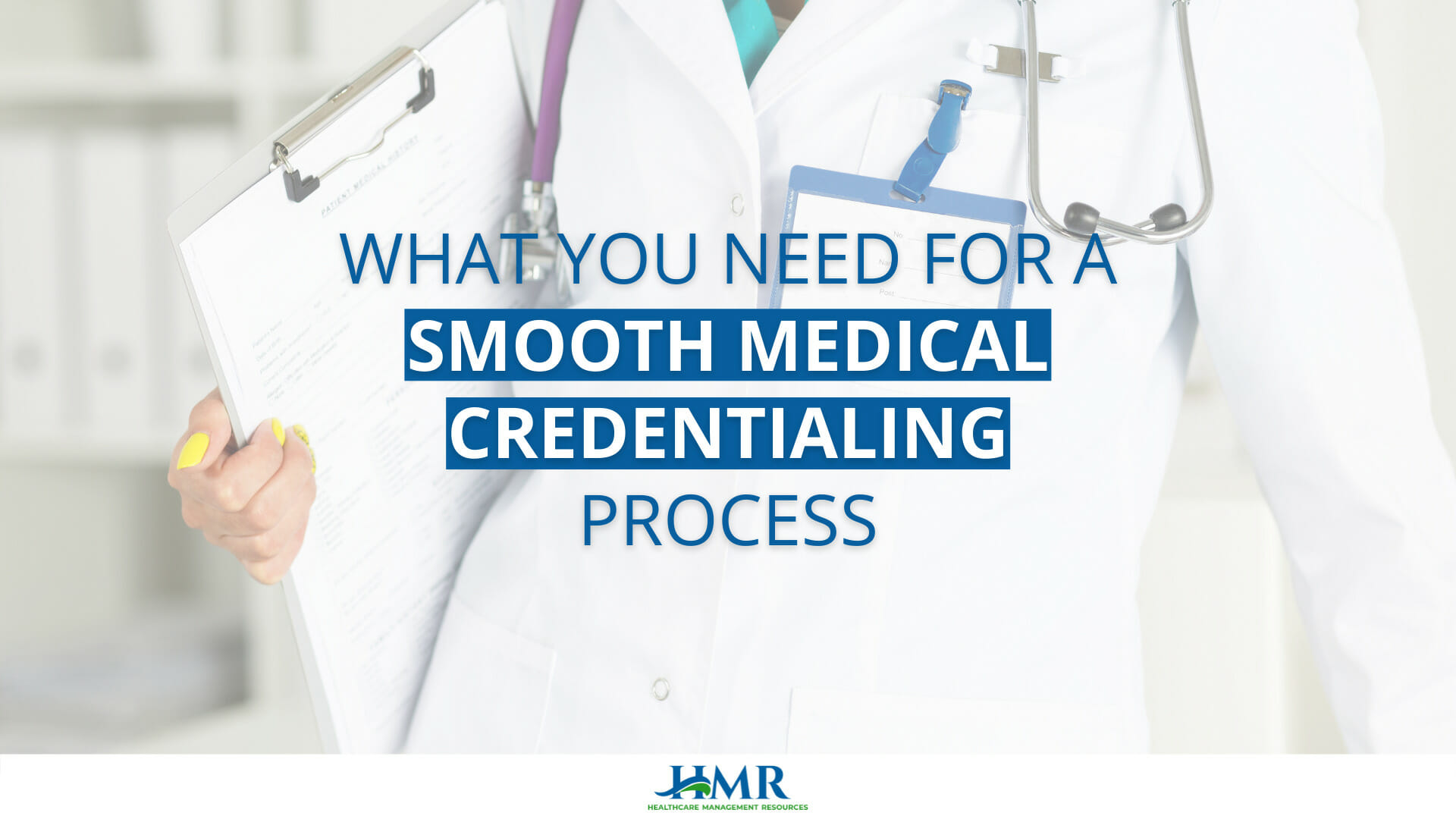[et_pb_section fb_built=”1″ custom_padding_last_edited=”on|desktop” _builder_version=”4.16″ background_color=”#333333″ background_image=”https://hmr.hbserver.dev/wp-content/uploads/2020/01/Field-BG.jpg” parallax=”on” parallax_method=”off” custom_padding=”212px||180px||false|false” custom_padding_tablet=”190px||||false|false” custom_padding_phone=”274px||0px||false|false” bottom_divider_style=”waves” bottom_divider_color=”#ffffff” bottom_divider_height_tablet=”30px” bottom_divider_height_phone=”30px” bottom_divider_height_last_edited=”on|desktop” global_colors_info=”{}”][et_pb_row custom_padding_last_edited=”on|desktop” _builder_version=”4.16″ max_width=”1118px” custom_padding_tablet=”0px||30px||false|false” custom_padding_phone=”0px||46px||false|false” global_colors_info=”{}”][et_pb_column type=”4_4″ _builder_version=”4.16″ global_colors_info=”{}”][et_pb_post_title meta=”off” featured_image=”off” _builder_version=”4.16″ title_font=”Buenard|700|||||||” title_text_align=”center” title_text_color=”#ffffff” title_font_size=”56px” title_letter_spacing=”1px” title_line_height=”1.1em” max_width=”91%” module_alignment=”center” custom_margin=”||0px||false|false” custom_padding=”||0px||false|false” title_font_size_tablet=”36px” title_font_size_phone=”28px” title_font_size_last_edited=”on|desktop” title_line_height_tablet=”1.1em” title_line_height_phone=”1.1em” title_line_height_last_edited=”on|desktop” global_colors_info=”{}”][/et_pb_post_title][/et_pb_column][/et_pb_row][/et_pb_section][et_pb_section fb_built=”1″ custom_padding_last_edited=”on|desktop” _builder_version=”4.16″ background_color=”#e1eaf1″ use_background_color_gradient=”on” background_color_gradient_stops=”#ffffff 0%|#e1eaf1 100%” background_color_gradient_start=”#ffffff” background_color_gradient_end=”#e1eaf1″ custom_padding=”0px|||||” custom_padding_tablet=”||0px||false|false” custom_padding_phone=”||0px||false|false” global_colors_info=”{}”][et_pb_row custom_padding_last_edited=”on|desktop” _builder_version=”4.16″ background_color=”#ffffff” z_index=”2″ max_width=”1118px” module_alignment=”center” custom_margin=”|auto||-2px||” custom_padding=”20px|||||” custom_padding_tablet=”14px|48px||48px|false|true” custom_padding_phone=”0px|46px||46px|false|true” global_colors_info=”{}”][et_pb_column type=”4_4″ _builder_version=”4.16″ global_colors_info=”{}”][et_pb_post_title title=”off” meta=”off” _builder_version=”4.16″ custom_margin=”-155px||||false|false” custom_margin_tablet=”-198px||||false|false” custom_margin_phone=”-30px||||false|false” custom_margin_last_edited=”on|desktop” border_width_all=”15px” border_color_all=”#ffffff” global_colors_info=”{}”][/et_pb_post_title][et_pb_text admin_label=”Text” _builder_version=”4.21.0″ header_3_font=”Buenard|700|||||||” header_3_text_color=”#005fa0″ header_3_font_size=”28px” custom_padding=”10px|63px|28px|63px|false|true” custom_padding_tablet=”0px|13px|0px|13px|false|true” custom_padding_phone=”0px|0px|0px|0px|true|true” custom_padding_last_edited=”on|desktop” text_font_size_tablet=”18px” text_font_size_phone=”16px” text_font_size_last_edited=”on|desktop” text_line_height_tablet=”1.7em” text_line_height_phone=”1.7em” text_line_height_last_edited=”on|desktop” header_3_font_size_tablet=”” header_3_font_size_phone=”20px” header_3_font_size_last_edited=”on|desktop” global_colors_info=”{}”]
The basics of Medical Credentialing
The medical credentialing process refers to a multi-step process where practitioners prove their medical competency to regulatory bodies. This is done so they can continue practicing and ensure that the quality and standards of competency are maintained over time.
All credentialing-related processes are managed and maintained by the Credentials Verification Organization (CVO). Any healthcare practitioner such as physicians, podiatrists, ophthalmologists, to name a few, must go through this process once every 2 years. It maintains a quality assurance standard in the market while allowing the practitioner to expand their customer reach through credibility.
This article will discuss the essential steps involved in the medical credentialing process and how you can navigate it as a practitioner.
A 7-point checklist for a smooth medical credentialing process
Collect the required documents
This should be the first step one takes to avoid unnecessary delays. Some of these documents include:
- Name (official ID)
- Social security number
- Demographical information
- Education (along with certificates attached)
- Proof of licensure
- Career trajectory (CV)
- Area of specialization
- Insurance proof
- Claim’s history
- Documents related to your practice (license, registration, compliance proof)
Prioritize applications
Processing times differ by the payor, which is why it’s essential to review your billing history as soon as possible to figure out which application goes first. The list of documents also tends to differ by the payor, making it an even longer haul to get your ducks in a row.
This is why we recommend that you start at least 3-4 months in advance to have ample time. Maintain a separate folder for each payor to ensure that nothing goes amiss.
Pay special attention to all details
Accuracy is key in these applications! It’s important to triple-check each document before submitting them as it’s impossible to modify them post submission. In the case that they do allow it, it’s only going to delay the approval process—something you need to avoid at any cost.
Each document must be verified, after which they need to be either uploaded or printed (depending on the payor). Below is a short checklist of documents that will need to be verified/ attested:
- Driver’s license (National ID)
- National Provider Identification (NIP)
- Board certification status
- Medical license
- Peer information (for recommendations)
- Immunization certificates
- Tuberculosis testing
- Adult and Pediatric Advanced Cardiac Life Support (ACLS, PALS)
- Insurance coverage (malpractice)
- University diplomas
- Privileges request form
- Case logs (if needed)
- Drug and Enforcement Agency (DEA) license
- Educational Commission For Foreign Medical Graduates Certificate (for international citizens)
Check for additional requirements
Some payors will require submission through Council for Affordable Quality Healthcare (CAQH) or other credentialing systems such as MCC (Minnesota Credentialing Collaborative). Other organizations will require you to submit additional documents such as routine blood tests, immunization records, etc. Plan to get those in time before the credentialing process begins.
Check for differing state compliance requirements
If you are moving to another state permanently or on an as-needed basis, check which credentials carry over and which do not. Fill the gaps as needed and go through this process before practicing. You can seek more information from your state’s Medical Management Group Association.
Submit for verification
Once all the supporting documents are collected, filled out, and signed, submit them to the CVA. The process takes anywhere between 60-90 days, but it is always best to have a 120-day buffer, just in case they need more time to verify your documents.
Follow up & repeat
It is essential to follow up on the status and progress of your application. This will keep you aware of developments such as approvals, denials, or additional information needs and ensure that your application gets processed in time.
Final Thoughts
Medical Credentialing is an ongoing process required every 2 years on average and can differ by the payor involved. That being said, as a practitioner, this process takes too much of your valuable time. If you’re looking for somebody to help bring this burden off your shoulders, get in touch with us today, and let us facilitate it for you.
[/et_pb_text][et_pb_button button_url=”https://hmr.hbserver.dev/contact/” url_new_window=”on” button_text=”Get Your Credentialing Done For You” button_alignment=”center” _builder_version=”4.16″ _module_preset=”default” custom_button=”on” button_text_size=”19px” button_text_color=”#FFFFFF” button_bg_color=”#299929″ button_border_width=”0px” global_colors_info=”{}”][/et_pb_button][/et_pb_column][/et_pb_row][et_pb_row custom_padding_last_edited=”on|desktop” _builder_version=”4.16″ max_width=”1118px” custom_padding_tablet=”0px|50px|0px|50px|true|true” custom_padding_phone=”0px|50px|0px|50px|true|true” saved_tabs=”all” global_colors_info=”{}”][et_pb_column type=”4_4″ _builder_version=”4.16″ global_colors_info=”{}”][et_pb_post_nav prev_text=”Previous Post” next_text=”Next Post” _builder_version=”4.16″ title_font=”||||on|||#005fa0|” title_text_color=”#005fa0″ title_font_size=”18px” global_colors_info=”{}” title_text_color__hover_enabled=”on|hover” title_text_color__hover=”#383838″][/et_pb_post_nav][/et_pb_column][/et_pb_row][/et_pb_section]

